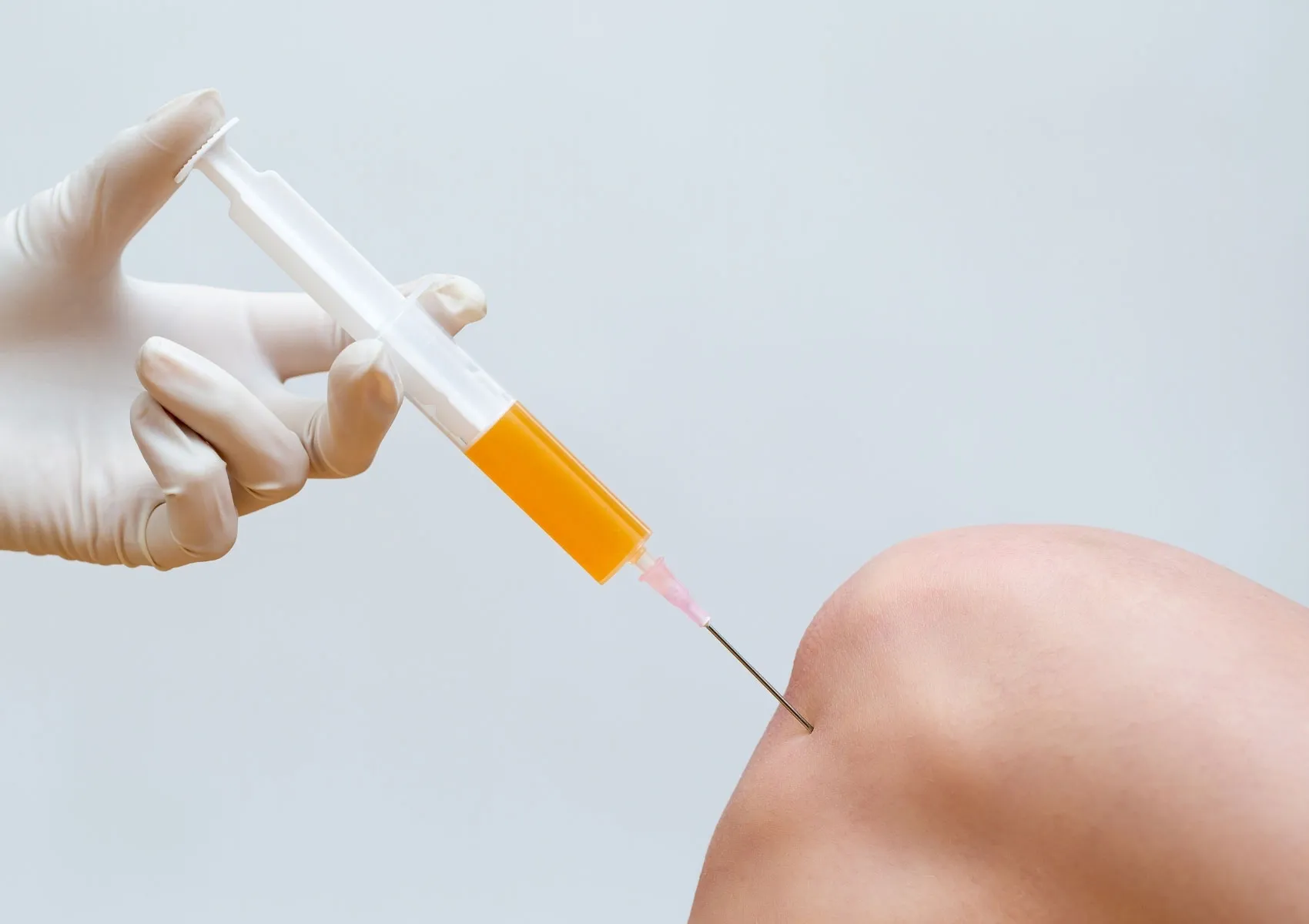Differences Between PRP and Stem Cell Therapy
PRP (Platelet-Rich Plasma) and stem cell therapy are two of the most widely used regenerative medicine techniques in orthopedic and sports medicine. While both treatments are non-surgical, biologically based, and support natural healing processes, they differ significantly in terms of mechanism of action, application method, treatment strength, and duration of effect.
In this article, we explore the key differences between PRP and stem cell therapy in a clear, side-by-side comparison.
What Is PRP?
PRP is a concentrated form of platelet-rich plasma, derived from a small sample of the patient’s own blood through a special centrifugation process. Platelets contain growth factors that stimulate tissue repair and regeneration.
Features of PRP:
- Obtained from the patient’s blood
- Rich in platelets and growth factors
- Promotes healing in cartilage, tendon, muscle, and ligaments
- Provides short to medium-term effects
- Simple and quick procedure, often done in a single session
What Is Stem Cell Therapy?
Stem cell therapy uses mesenchymal stem cells collected from the patient's bone marrow or adipose tissue. These cells can regenerate themselves and differentiate into various tissue types, initiating deeper and more direct healing.
Features of Stem Cell Therapy:
- Harvested from bone marrow or fat tissue
- Processed and concentrated in a lab or specialized device
- Provides direct tissue regeneration
- Longer-lasting and deeper effects
- Requires more advanced equipment and expertise
PRP vs. Stem Cell Therapy: Key Differences
|
Feature |
PRP |
Stem Cell Therapy |
|
Source |
Patient’s blood |
Patient’s bone marrow or fat |
|
Mechanism of Action |
Triggers healing via growth factors |
Regenerates tissue via active cells |
|
Procedure Complexity |
Simple and quick |
More complex, requires harvesting |
|
Duration of Effect |
Medium-term |
Long-term |
|
Treatment Strength |
Effective for mild to moderate cases |
Preferred for moderate to severe cases |
|
Common Uses |
Tendinitis, early-stage arthritis |
Cartilage damage, muscle/tendon tears, avascular necrosis |
|
Number of Sessions |
Usually 1–3 sessions |
Often effective with just one session |
|
Cost |
More affordable |
Higher due to complexity |
When to Choose Which Treatment?
PRP is Ideal For:
- Tendinitis, tennis elbow, plantar fasciitis
- Early-stage osteoarthritis
- Accelerating healing in sports-related injuries
Stem Cell Therapy is Ideal For:
- Advanced cartilage degeneration
- Meniscus or muscle tears requiring regeneration
- Avascular necrosis or more severe orthopedic conditions
- When PRP is not sufficient on its own
Can PRP and Stem Cell Therapy Be Combined?
Yes. PRP and stem cells can be used together, especially in complex cases. PRP may enhance the activity and effectiveness of stem cells, leading to stronger and faster healing. This combined approach is used selectively based on physician evaluation.
FAQ
-
Which is more effective: PRP or stem cells?
It depends on the condition. PRP is often enough for mild cases, while stem cell therapy is more effective in advanced or chronic issues.
-
Can both treatments be used together?
Yes. In some cases, a combination of PRP and stem cells offers enhanced results.
-
How long does PRP last?
PRP typically provides relief for 3–6 months. It can be repeated if needed.
-
Are there risks with stem cell therapy?
When using autologous (your own) stem cells, risks are minimal. However, sterile technique and proper handling are crucial.
-
Which treatment is more expensive?
Stem cell therapy is generally more expensive than PRP due to its collection and processing requirements.

